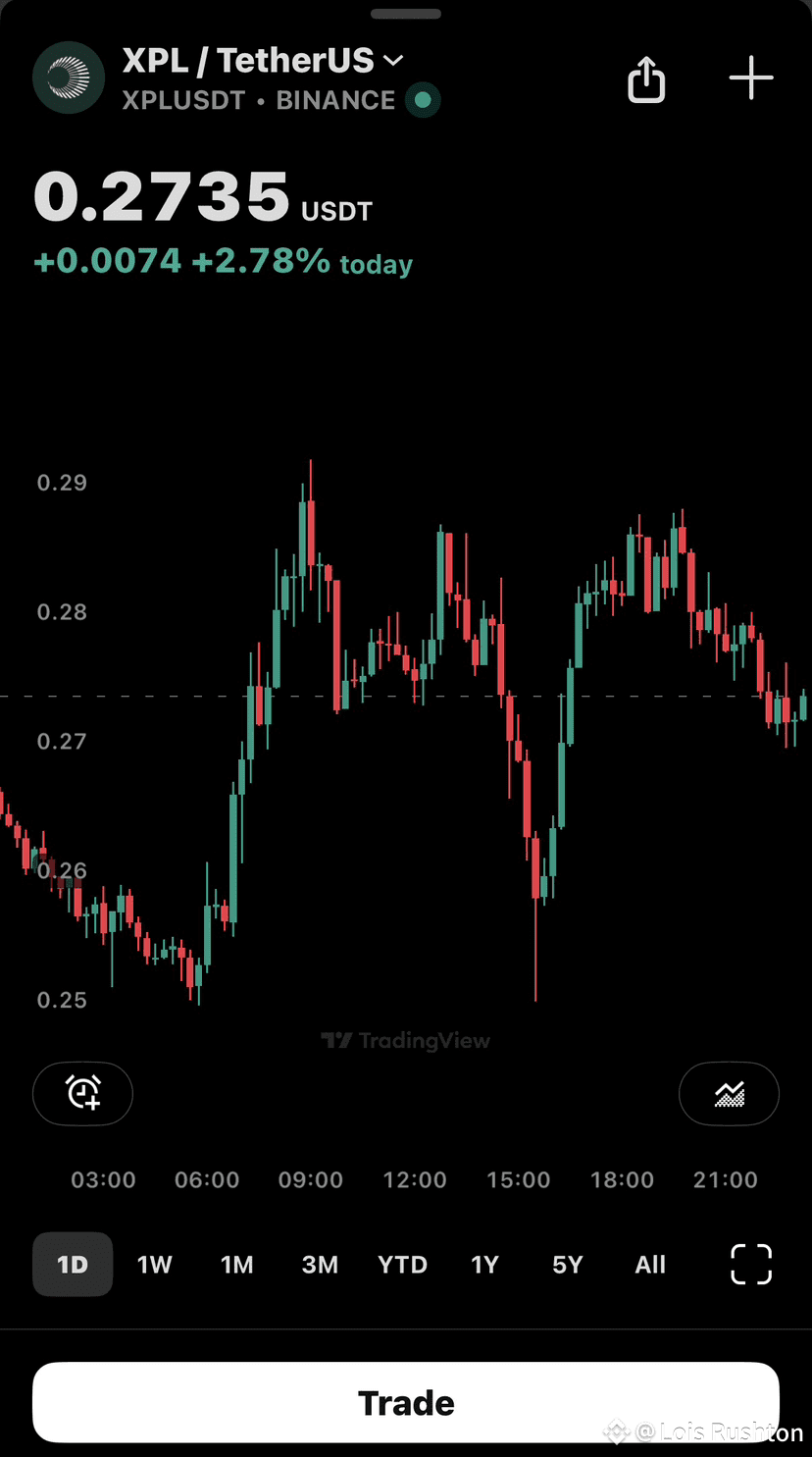Most people don’t dream of “using a blockchain.”
They just want money to move like a message: instant, cheap, anywhere. @Plasma is built for that single job. Not a kitchen-sink chain, not a hype engine — a payment-first Layer 1 that treats speed, fee-stability, and reliability as non-negotiables.
Why payments still feel broken in crypto
General-purpose chains shine at many things, but day-to-day payments expose their weak spots:
• Fees spike when the network gets busy.
• Finality is inconsistent — minutes can feel like forever at a checkout.
• Tooling is powerful but complex for non-crypto users.
 Plasma takes the opposite path: narrow focus, ruthless simplicity, and UX that hides the blockchain from the end user.
Plasma takes the opposite path: narrow focus, ruthless simplicity, and UX that hides the blockchain from the end user.
Design north stars
1. Predictable, low fees – micro-transactions must make economic sense.
2. Fast, consistent finality – seconds, not minutes, even at peak load.
3. Always-on reliability – merchant-grade uptime.
4. EVM-compatible – familiar tools for builders, no reinvention of the wheel.
5. Decentralized security – throughput without sacrificing validator diversity.
Payment-first vs. general-purpose (at a glance)
Dimension Payment-first (Plasma) Typical general-purpose chain
Primary goal Stable, instant transfers Broad dApp spectrum
Fee behavior Tight, predictable Variable with congestion
UX focus Invisible blockchain, simple flows Power features for complex apps
Dev DX EVM tools; quick porting Mixed toolchains
Trust model Decentralized validators + staking Varies widely
The big idea: stablecoin velocity
Stablecoins already bridge traditional and digital finance, but most chains weren’t tuned for volume at the edge (remittances, payroll, retail). Plasma optimizes for velocity — how quickly and frequently value can circulate:
• Remittances: senders pay cents, recipients get funds in seconds.
• Merchant payments: instant confirmations at the POS or online checkout.
• Payroll & gig work: split, stream, or batch payments without gas-shock.
• Micro-commerce: pay-per-use, in-app tips, and creator payouts that don’t die to fees.
Architecture in human terms
Think “Ethereum-familiar on the surface, purpose-built under the hood.”
• EVM-compatible: Solidity, tooling, and infra you already know.
• Throughput for payments: mempool and execution optimized for small, frequent transfers.
• Finality in seconds: confirmations merchants can trust.
• Account & fee UX: designed so end users don’t have to understand gas voodoo.
Decentralization without the asterisk
High TPS often hides centralization. Plasma is explicit about avoiding that trap:
• Diverse validator set secured by staking.
• Economic incentives (rewards/slashing) to keep the network honest.
• Transparent operation so enterprises can audit what they rely on.
$XPL: utility with a job to do
Every reliable network needs an engine. $XPL powers Plasma by:
• Paying network fees (keeps the rail moving).
• Securing the chain via staking (validators + delegators).
• Rewarding those who maintain uptime and integrity.
As usage grows, demand for blockspace and staking naturally loops back into $XPL’s role in the system.
What success looks like (clear, measurable signals)
• Median fee in USD stays tiny during peak hours.
• Finality consistently in seconds.
• Uptime at merchant-grade levels.
• Stablecoin share of volume dominates transactions.
• Real integrations: on/off-ramps, PSPs, wallets, commerce platforms.
• Active merchants & corridors: remittance routes and e-commerce partners you recognize.
For builders: fast path to a payments app
1. Port contracts with standard EVM tooling.
2. Use Plasma SDKs for wallets, checkout, and receipt flows.
3. Default to stablecoins; abstract gas where possible.
4. Integrate local on/off-ramps to meet users where they are.
5. Instrument metrics (success/failure rates, time-to-finality, fee cents per tx).
Risks to keep on your radar
• On/off-ramp bottlenecks: the fiat edge can throttle user experience.
• Bridge exposure: custody and bridging must be handled prudently.
• Regulatory flux: payments touch real people and real jurisdictions.
• Fee stability under stress: the network must prove it won’t wobble when volumes surge.
 Why this matters now
Why this matters now
Stablecoins are quietly becoming the internet’s settlement layer. A chain purpose-built to move them fast, cheaply, and reliably is not a nice-to-have — it’s the missing rail that unlocks mainstream usage.
My take
Plasma doesn’t shout. It makes payments feel natural — the moment when users stop noticing the blockchain at all. If you believe the next wave of adoption comes from everyday money movement, $XPL is a bet on stablecoin velocity more than speculation.



